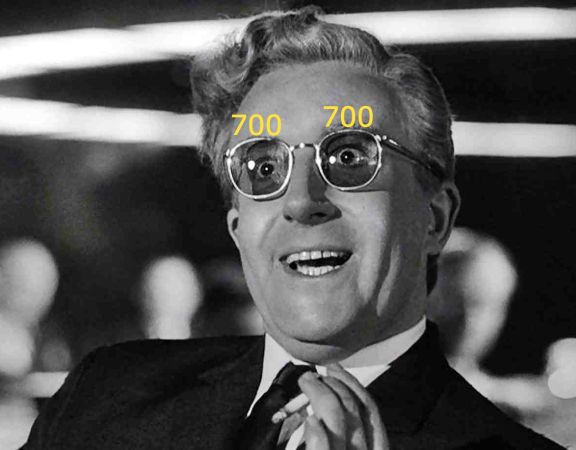GMAT Percentiles: What you need to know
5 Tips for Studying with GMAT Sample Questions
October 8, 2021Reading Comprehension Strategies: How to improve your focus
October 14, 2021GMAT Percentiles: What you need to know
The GMAT, like other standardized tests, is a metric for comparison. Since business schools have a limited number of seats, they need to sort applicants and evaluate who they feel will be the best fit for their program. Therefore, the GMAT aims to measure the relevant skills and areas of knowledge believed to be essential for business school and working at the top levels of management.
These measurements, i.e. GMAT test scores, allow schools to both gauge an individual’s abilities in these areas and also see how his or her level of ability compare to other test takers. This comparison is known as percentile rank, and it’s a source of much worry for GMAT testers. However, there’s some important distinctions that should be made about what your percentile rank means and how it affects your admission chances.
The difference between score and GMAT percentile rank
After months of studying and hard work, what you get out of the GMAT is a series of numbers. There’s an individual score for the Verbal section, with a range of 0 - 51, and the Quantitative section, with a range of 0 - 60, and then there are also individual scores for the Integrated Reasoning section and the Analytic Writing section (with a range of 1 - 8 and 0 - 6, respectively). On top of this, there’s also the total score that ranges from 200 - 800. For each of these scores — the section scores and the total score — a percentile rank is calculated.
The percentile rank shows how your test scores compare to the scores of all other GMAT test takers over the last three years. For example, according to the most recent GMAT data, a total score of 700 puts that score in the 89th percentile, meaning that the score is higher than or equal to 89 percent of test takers over the past three years.
Schools use percentile rank to compare your abilities against the abilities of the total applicant field. However, percentile rank is separate from your ability level — how good or bad you are at skills tested by the GMAT. Though they go together, it’s important to understand the distinction between your ability level as shown by your test scores and the percentile rank attached to those scores.
Perhaps an analogy would be useful. Imagine you are an Olympic swimmer. Your ability in a particular event, the 200 meter freestyle for example, is measured by how fast you can swim this event. Let’s say you can swim the 200 in a time of one minute, 47 seconds — a world-class time. How well you do in the Olympics, where you place, isn’t solely determined by your time; it’s determined by how your time compares to the times of the other swimmers in the event.
In the 2008 games in Beijing, if you had swum a 1:47.00, you would have placed 9th. However, in the 2012 games, if had swum the exact same time, you would have only placed 12th. What’s different between the 2008 games and the 2012 games isn’t your ability; your ability in the event has remained the same. The difference is how your ability compares to the ability of the other swimmers.
The same thing goes for your test scores. Receiving a score of 50 on the Quantitative section this year accounts for having the same level of ability as receiving a score of 50 five years ago. Yet today, a score of 50 ranks in the 89 percentile while five years ago it ranked in the 94th percentile. This shows that the average level of ability in quantitative skills has been increasing.
What this means for you
Unlike the swimming analogy, the GMAT is not a competition, and the best scores do not automatically result in acceptance letters from the top programs. While it can be easy to get caught up comparing yourself to other test takers and agonizing over every percentage point in your score’s percentile rank, you should remember that GMAT scores are only one part of your business school application.
Obviously, you want to compare favorably to the majority of other test takers if you want to get into a good school, but being in the top 10 or 20 percent isn’t a prerequisite to getting into a top program.
Just take a look at the range of scores of accepted students at some of the best programs. While the average GMAT score is often high, there is usually a wide range of scores. This is because admission offices consider a wide range of factors in making their decisions, not just GMAT percentiles and scores.
Aim to do well on the GMAT in order to show the admissions committee you have the necessary skills, but don’t lose sight of the larger picture. Having a well-rounded application is much better than relying solely on high GMAT scores.





